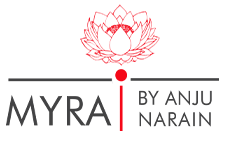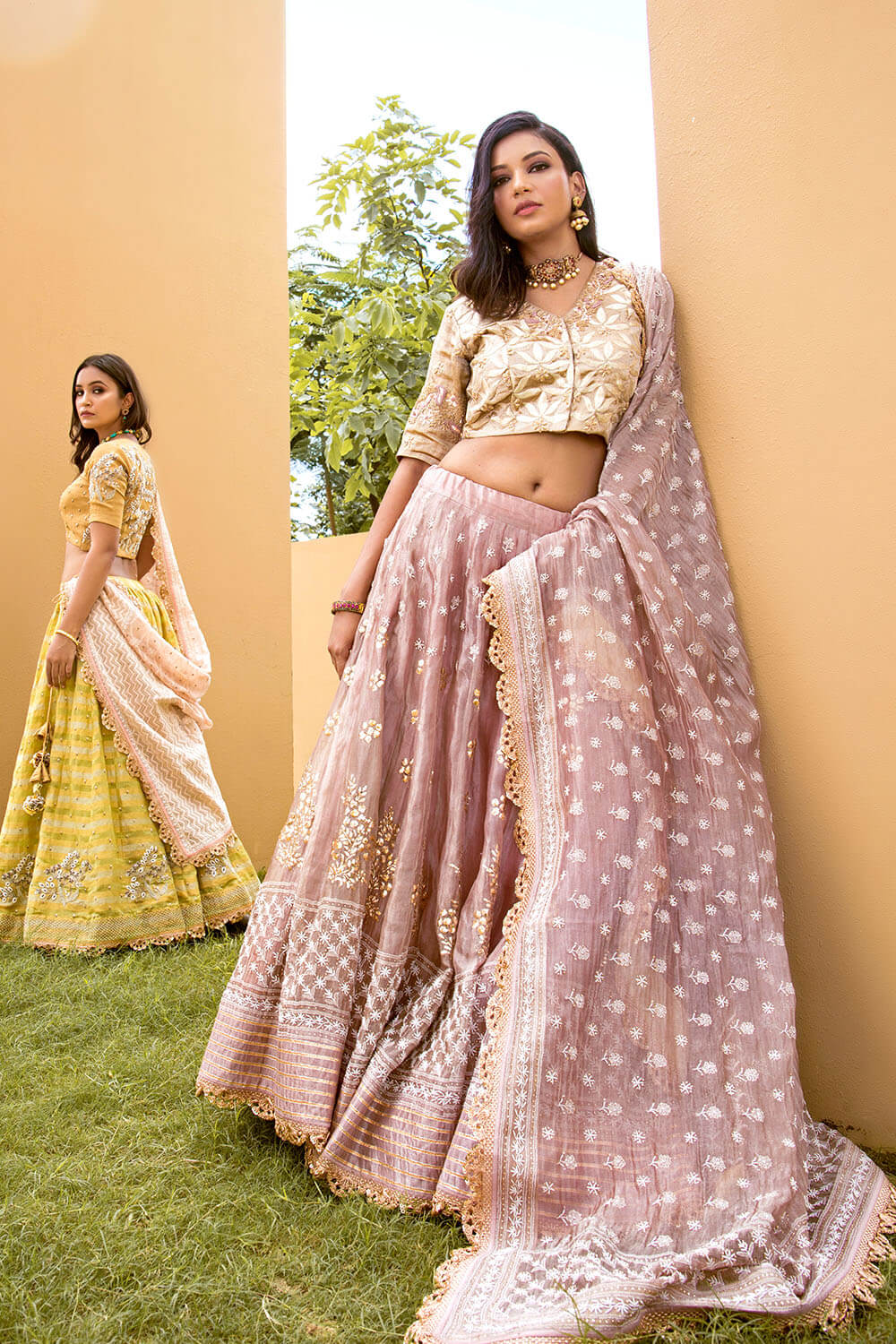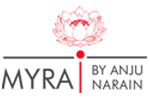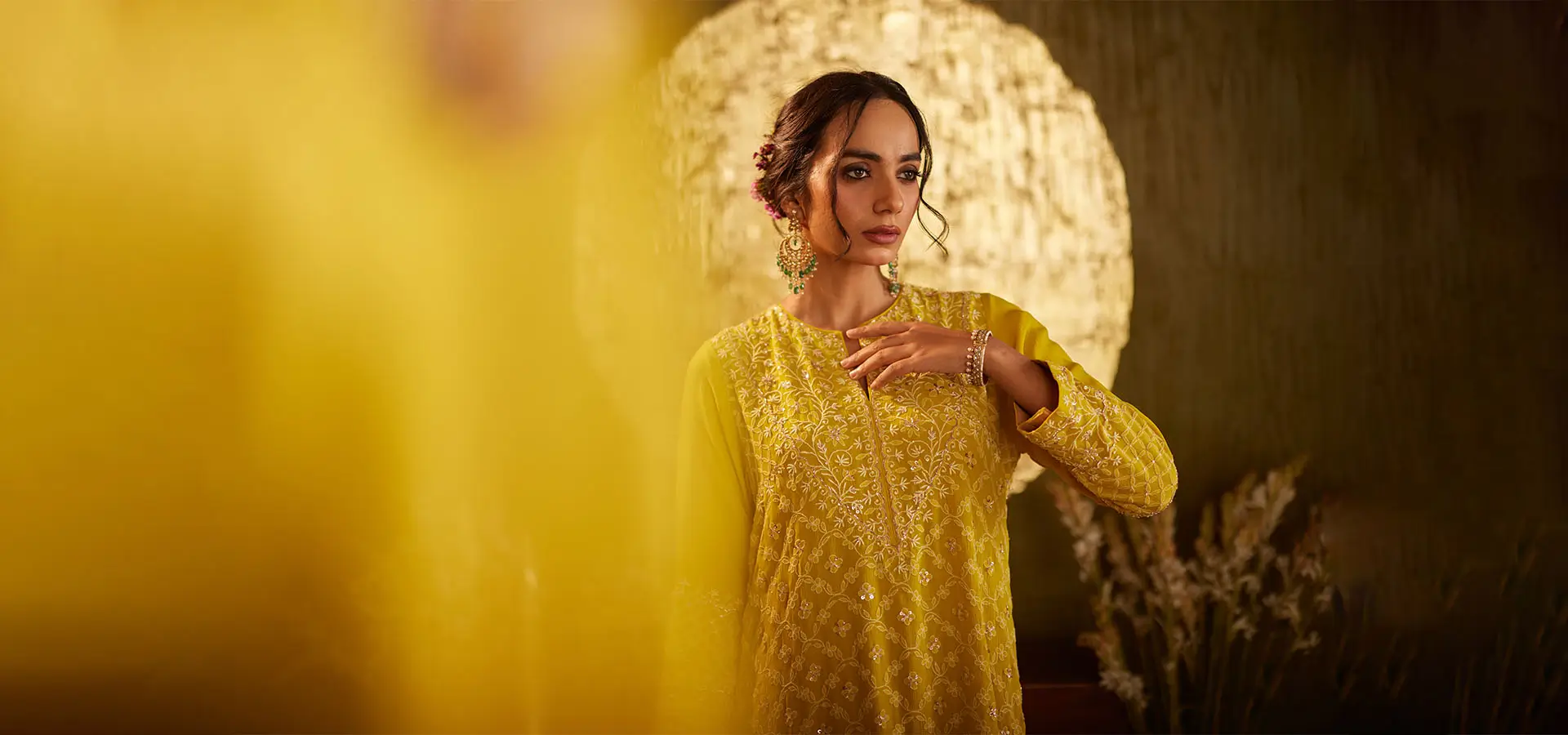Homegrown
Celebrating the tradition and practice of the original crafts of Awadh, one garment at a time.
Read MoreHandcrafted
Created with love, for you. Each garment is especially crafted with intricacy and attention to detail.
Read MoreSustainable
Reviving the art of handloom with ethically sourced fabrics, employing the artisans of the traditional crafts.
Read More
Chikankari is a traditional embroidery craft from Lucknow, India, that has been a cornerstone of the city's rich cultural heritage for centuries.
Origins and History
The origins of Chikankari date back to the Mughal era in the 17th century. The word "Chikankari" is derived from the Persian word "chikan," which means "embroidery." The craft is believed to have been introduced by the Mughal emperors, who brought skilled artisans from Persia and Central Asia to India.
Characteristics and Techniques
Chikankari is a delicate and intricate form of embroidery that involves the use of white thread on lightweight fabrics like cotton, georgette, and chiffon. The embroidery is done using a variety of stitches, including the running stitch, satin stitch, and buttonhole stitch.
The craft is characterized by its simplicity, elegance, and subtlety. Chikankari designs often feature intricate floral patterns, leaves, and vines, which are carefully embroidered onto the fabric using a needle and thread.
Process and Production
The process of creating Chikankari embroidery is labor-intensive and time-consuming. The fabric is first washed and bleached to give it a smooth texture. Then, the design is traced onto the fabric using a stencil or a pattern.
The embroidery is done by skilled artisans who use a needle and thread to create the intricate designs. The embroidery process can take anywhere from a few days to several weeks, depending on the complexity of the design.
Preservation and Promotion
Chikankari is a dying craft, and efforts are being made to preserve and promote it. The Indian government has recognized Chikankari as a Geographical Indication (GI) craft, which means that only artisans from Lucknow and surrounding areas can use the name "Chikankari" to describe their embroidery.
There are also several organizations and NGOs working to promote Chikankari and provide support to artisans. These organizations provide training, design assistance, and marketing support to help artisans sell their products and earn a sustainable income.
Conclusion
Chikankari is a unique and beautiful craft that reflects the rich cultural heritage of Lucknow. The craft requires great skill and patience, and the end result is a stunning piece of embroidery that is truly a work of art. By promoting and preserving Chikankari, we can help to keep this traditional craft alive for future generations.

Sustainability is a vital aspect of handcrafted Chikankari! Handcrafted Chikankari embodies sustainable fashion principles in several ways:
Environmental Benefits:
1. Zero waste:Handcrafted Chikankari generates minimal to no waste, as artisans carefully plan and cut fabric to minimize scraps.
2. Eco-friendly materials: Artisans typically use natural, biodegradable fabrics like cotton, silk, and linen.
3. Low carbon footprint: Handcrafted Chikankari production requires minimal energy consumption, reducing greenhouse gas emissions.
Social Benefits:
1. Empowering artisans:Handcrafted Chikankari provides a livelihood for skilled artisans, promoting economic growth and social stability.
2. Preserving heritage: By supporting handcrafted Chikankari, you help preserve traditional craftsmanship and cultural heritage.
3. Fair labor practices: Artisans are paid fair wages for their work, ensuring a sustainable and equitable livelihood.
Economic Benefits:
1. Supporting local economies: Artisans are paid fair wages for their work, ensuring a sustainable and equitable livelihood.
2. Reducing fast fashion: By choosing handcrafted, sustainable Chikankari, you help reduce the demand for fast, disposable fashion.
3. Investing in quality: Handcrafted Chikankari is built to last, reducing the need for frequent replacements and waste.
By embracing sustainable, handcrafted Chikankari, you contribute to a more environmentally conscious, socially responsible, and economically viable fashion industry.

Handcrafted Chikankari!
Handcrafted Chikankari is a true labor of love, reflecting the artisan's skill, patience, and dedication. Every stitch is carefully crafted by hand, using traditional techniques passed down through generations.
Unique Characteristics:
1. Intricate designs:Handcrafted Chikankari features intricate, delicate designs that are impossible to replicate by machine.
2. Unique imperfections:Each piece has its own unique imperfections, making it a one-of-a-kind treasure.
3. Attention to detail:Artisans painstakingly ensure that every stitch is perfect, resulting in a flawless piece of art.
4. Time-consuming process:Handcrafted Chikankari requires an enormous amount of time and effort, making each piece truly precious.
Benefits:
1. Supports artisans:By choosing handcrafted Chikankari, you directly support skilled artisans and help preserve traditional craftsmanship.
2. Environmentally friendly:Handcrafted Chikankari promotes sustainable fashion, as it reduces reliance on machine-made, mass-produced textiles.
3. Exclusivity:Each handcrafted piece is unique, ensuring that you own a truly exclusive and rare piece of art.
How to Identify Authentic Handcrafted Chikankari:
1. Look for imperfections:Authentic handcrafted Chikankari will have minor imperfections, such as uneven stitches or slight variations in thread color.
2. Check the fabric:Handcrafted Chikankari typically uses high-quality, lightweight fabrics like cotton, georgette, or chiffon.
3. Examine the stitching:Genuine handcrafted Chikankari features intricate, hand-stitched designs that are impossible to replicate by machine.
By choosing handcrafted Chikankari, you not only own a stunning piece of art but also support the preservation of traditional craftsmanship and sustainable fashion practices.
Bestsellers

Chikankari
Introduced by the Mughals in India, Chikankari is the traditional craft of Lucknow. Chikankari is the traditional embroidery of Lucknow and is one of the oldest crafts that still to this day is widely popular. The craft involves embroidery of motifs inspired by Persian art which include floral patterns and leaves.
The art of Chikan embroidery is a beautiful yet intricate one and requires patience and a great attention to detail. The craft in itself has 32 different kinds of stitches that are characterised by the look and technique of the same. Chikan embroidery is usually done with untwisted white cotton thread on a variety of fabrics like cotton, Georgette, chiffon, silk and even Net. The craft is also used in all sorts of traditional garments like Saris, lehengas, Kurtas, Dupattas etc.

Zardosi
Zardosi, also known as the dressing for the privileged, is a craft that embodies a feeling of royalty.
Zardosi is an ancient skill of embroidery that incorporates the use of gold and silver threads to embroider elaborate garments. The technique infiltrated India through Persian invaders and reached its peak during Akbar’s reign who wished to incorporate this craft all around him.
Zardosi embroidery can also be enhanced by the use of Pearl studs and precious stones on luxurious materials like velvet and silk for the exquisite look.
The craft in itself is quite fascinating and requires artisans to be meticulous depending on the intricacy of the work. Zardosi is a craft used on a wide range of garments like Blouses, Dupattas, saris etc. and is the perfect statement add-on for a rather simple look.

Mukaish
Mukaish is a form of embroidery originally created to amp up royal evening wear. The embroidery consists of metallic wire being inserted into fabric and twisted to create patterns all over the fabric.
The technique originated as early as 3rd century BC in the Awadh region and has been practiced in Lucknow for quite some time now.
Originally, Mukaish was used to add some bling to chikankari but over the years, the craft has evolved so much that it is being used separately all over garments.
This form of embroidery is done on various garments like lehengas, salwar kameez, kurtas etc.



















